
For many people, particularly those living in countries with extreme weather, it is mandatory to have two sets of tyres – one for summer and one for winter. But what is the difference between summer and winter tyres?
Winter tyres
There are three fundamental differences between summer and winter tyres: their structure, their rubber compound and their tread pattern.
- Winter tyres have a higher natural rubber content which keeps them supple in the cold. The softer they are, the more the tyre is able to interlock with the road surface, improving grip and handling. Unlike summer tyres, which harden quickly in cold temperatures, winter tyres perform best in temperatures below +7 degrees C.
- Winter tyres also have thousands of tiny grooves (known as sipes) in their tread blocks which are used to disperse water and prevent aquaplaning. These grooves bite into the snow, slush and ice, providing optimal grip with the road.
- They also have a deep tread pattern. This provides a cavity for snow. Strangely, nothing grips snow better than snow, and the compacted snow intensifies the grip effect, adding traction to push the vehicle forwards on snowy and icy roads.
Difference:
- Winter tyres perform best in temperatures below +7 degrees C.
- Summer tyres perform best in temperatures above +7 degrees C.
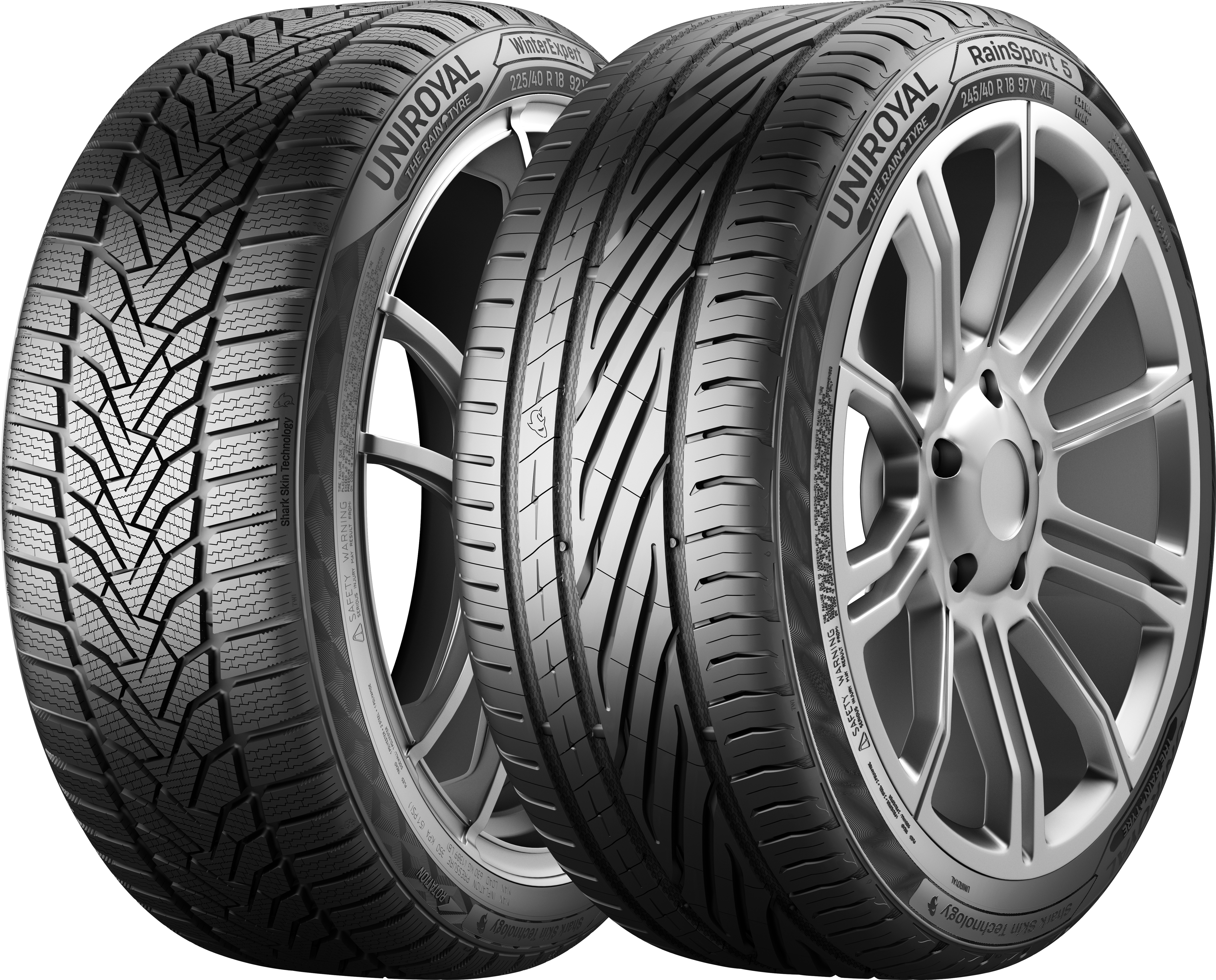
How temperature affects winter and summer tyres
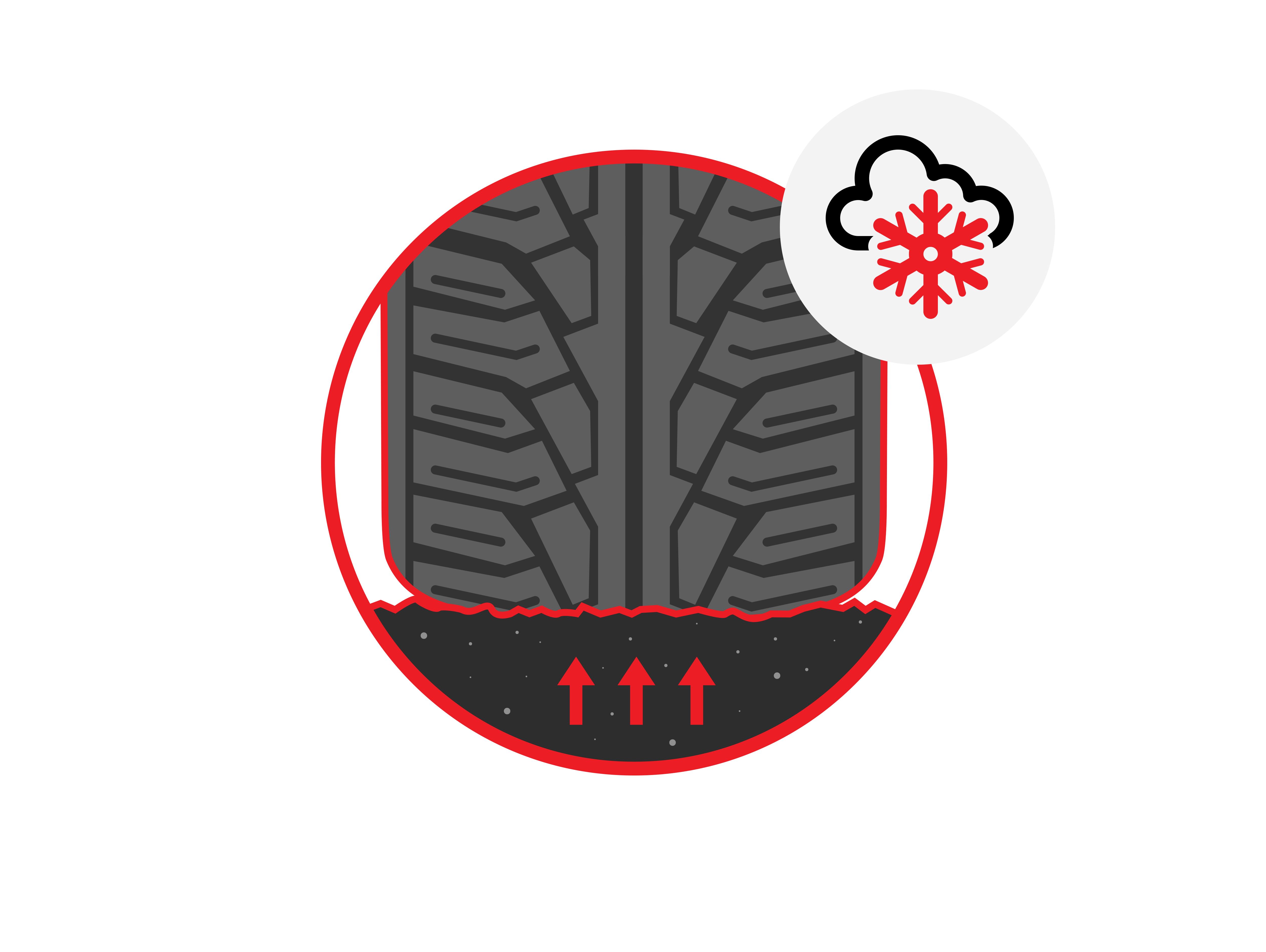 Winter tyre
Winter tyre
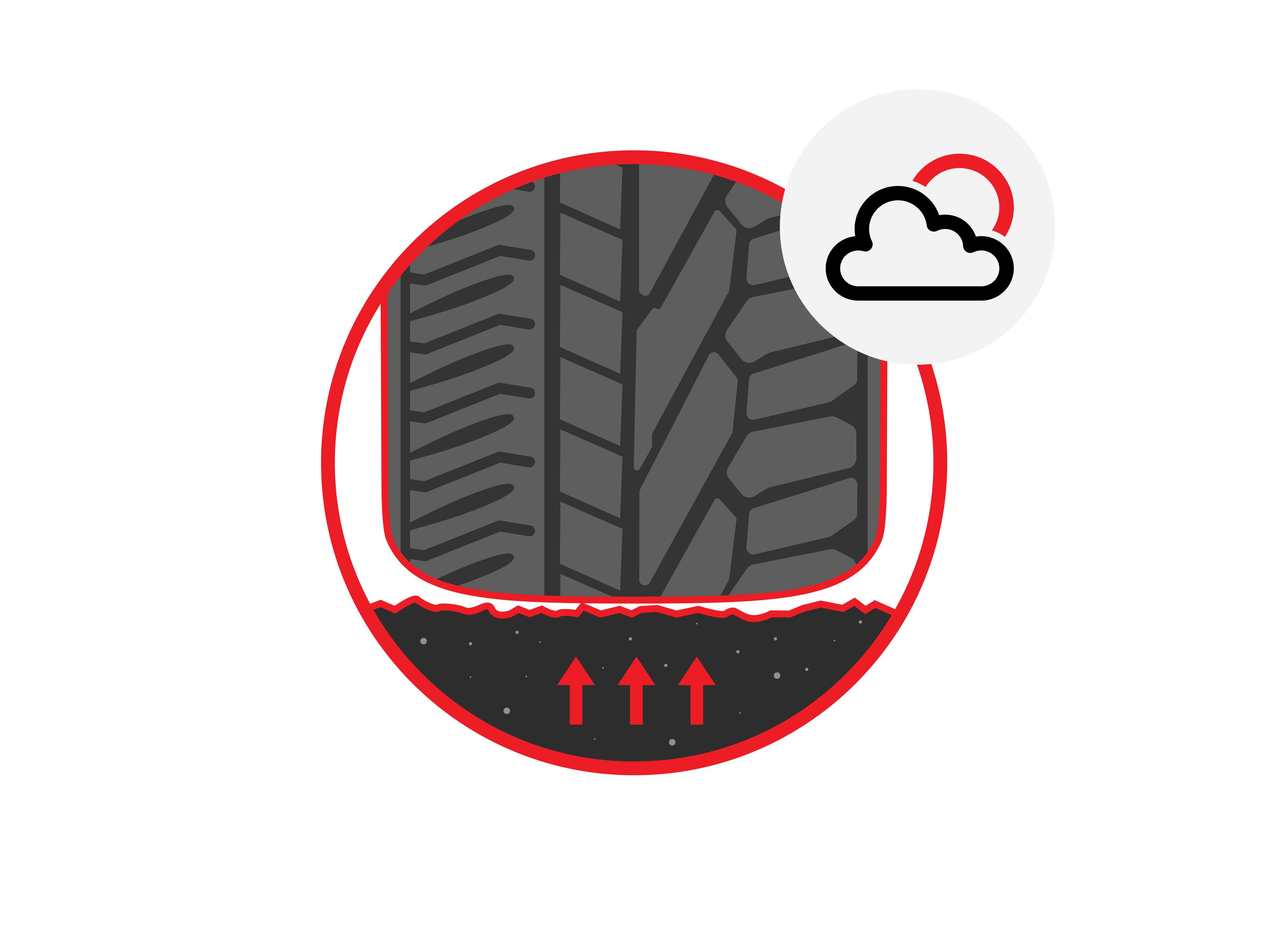 Summer tyre
Summer tyre
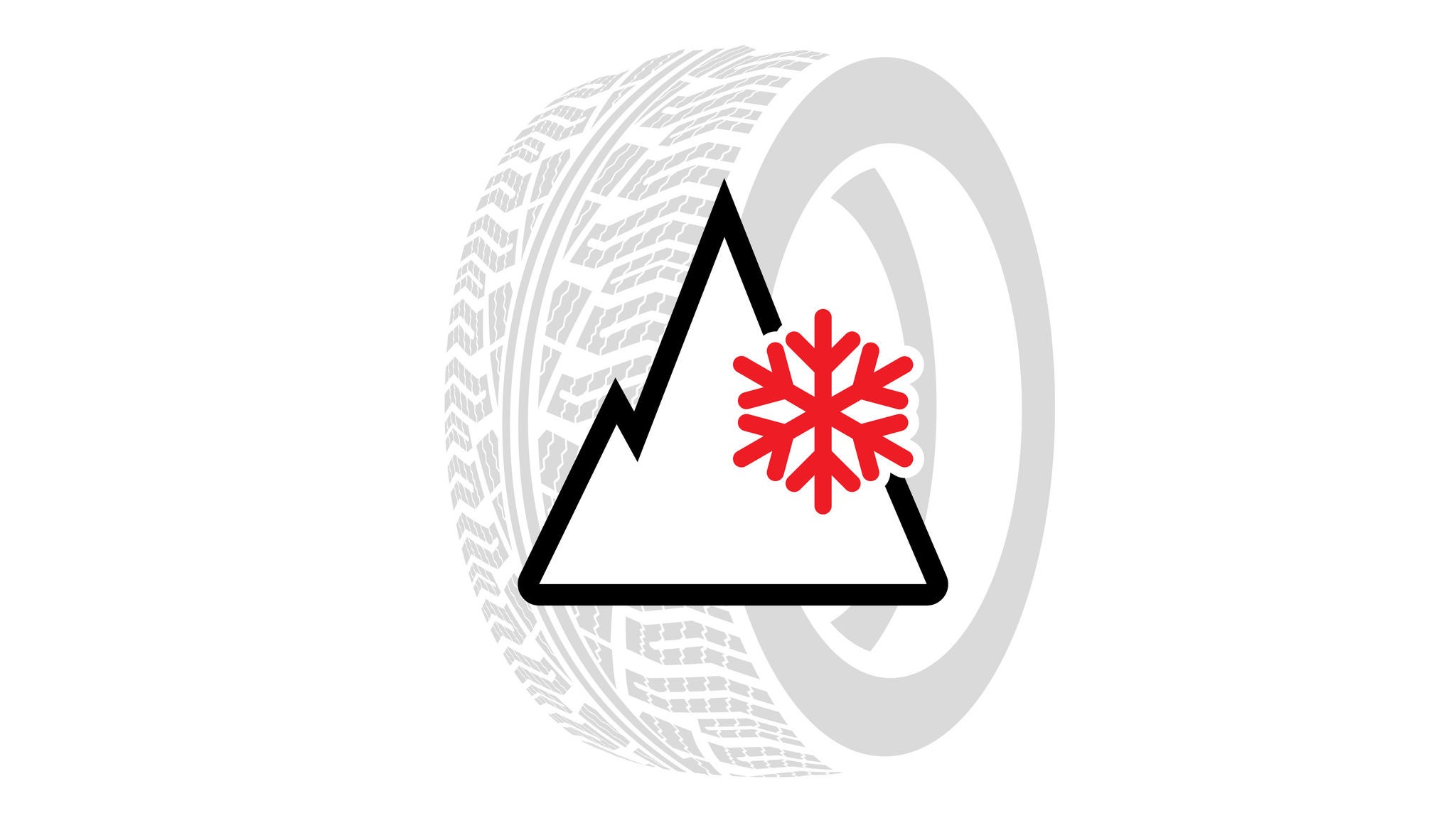
You can spot a winter tyre because it features a ‘Snowflake on a Mountain’ symbol on its side wall, indicating that it satisfies the safety criteria for winter conditions.
Summer tyres
- Summer tyres provide better all-round performance in the warmer months. They have a relatively hard compound which softens in milder temperatures to be able to adapt to dry as well as wet roads.
- Summer tyres have fewer sipes than winter tyres, but have specially designed tread bars to minimise aquaplaning. These provide more grip both longitudinally and laterally in warm temperatures. ensuring lots of grip on wet and dry roads.
- Although summer tyres can handle most weather conditions, they’re not suitable for harsher, colder climates. They have a harder rubber compound with less natural rubber than winter tyres and this begins to harden and can become brittle below +7 degrees C. That said, they are designed to adapt to higher temperatures without getting soft. This means that summer tyres have lower friction and therefore are more fuel efficient.
- Summer tyres tend to have a simple block-shaped tread pattern, providing a large footprint with the road. This ensures excellent handling and have a massive impact on the braking distance.
When to buy summer tyres?
Save money smartly
It is said that temperatures hardly rise during spring: Off with the winter tyres and on with the summer tyres. And every few years you need to buy them again. But is the beginning of the warm season also the best time to buy new summer tyres?
Changing summer tyres: The advantages
Summer: The best time of year for many. This is particularly true for drivers. Whether in a convertible or a sports car, driving enthusiasts get their money’s worth in the sunshine. Suitable summer tyres are a must for enjoyable driving. For most, changing tyres is a routine procedure. Summer tyres are generally recommended as soon as the temperatures is steadily above seven degrees Celsius. The tried and tested "E-to-O" rule (Easter to October) is considered a suitable benchmark.
Incidentally: Unlike winter tyres, there is no legal obligation to have summer tyres. However, even without regulations in place, is it highly recommended to change to summer tyres. After all, winter tyres don't brake as well on dry roads. The special rubber compound of summer tyres, on the other hand, is optimally tailored to the warm season. The difference is not only noticeable in the braking capabilities. Summer tyres are also superior when it comes to the level of driving comfort, gripping corners and petrol consumption. And there are even more differences between summer and winter tyres.

Buying summer tyres: The best time

When Easter is just around the corner, many drivers notice that their tyres have worn out from the previous season. By that time, they end up having to pay the retail price for summer tyres. Others make sure to replace their tyres early and hope to get a deal as a result.
Average tyre life
Having to buy new summer tyres depends first and foremost on the condition of your previous model. The decisive factor is the number of miles driven. Although there is no definitive mileage to go off, up to 50,000 kilometres is the standard for summer tyres. In addition, individual driving style, air pressure and the storage of your tyres are essential factors that can contribute to the wear of your tyres. Take special care by: Driving with caution, keeping an eye on the right air pressure and keeping your tyres cool and dry; this way, you can improve your mileage.
Instead of the distance travelled in miles, the age in years is often given as a reference for the tyre conditions. An indication which, however, does not allow any general conclusions to be drawn. After all, not all motorists drive in the same way. Therefore, 50,000 kilometres can be reached after only five or ten years. Those who want to know the tyre production date, however, can do so with a glance at the flank. This is noted in the form of the DOT number. For example, the code number "0518", means that the tyres were produced in the 5th calendar week of 2018.
Summer tyre tread depth: The quality feature
It makes more sense to regularly check the tread depth of your summer tyres than to consider maximum mileage. This is where wear and tear is best detected. The legal minimum tread depth is 1.6 mm. This is not enough for experts in renowned car clubs. They recommend a minimum tread depth of three millimetres. An opinion we also share. This ensures increased driving safety – especially with aquaplaning. Here, the properties of tyres with decreasing tread depth are noticeably reduced. To ensure safe traction, the water must be absorbed and discharged in the tread. Every millimetre less means this ability is impaired. So, check the tread depth of your summer tyres from time to time – at the latest, before changing tyres in spring. Incidentally: New tyres generally have a tread depth of around eight millimetres.
In addition to the tread pattern, the carcass also provides valuable information about possible damage. It forms the central framework of the tyre and therefore ensures stability and safety. If you notice cracks or dents on the outer walls, you should act and buy new summer tyres. A large selection is available from Uniroyal. Our tyres offer optimal grip and high protection against aquaplaning, as well as low rolling resistance for more fuel efficiency.
Summer tyres in winter
Understanding the difference between tyre types
Why is it that in some countries it’s either compulsory or recommended to swap your tyres twice a year? Why can’t you keep using your summer tyres in winter? And, likewise, why can’t you use your winter tyres in summer?
The difference between summer and winter tyres

The fact is, they’re designed for specific purposes. While they both perform optimally in certain temperatures, they underperform when used in temperatures above or below their intended roles. It therefore compromises safety to drive with summer tyres in winter and winter tyres in summer.
- Summer tyres underperform in temperatures lower than 7 degrees C.
- They are prone to cracking.
- They are less efficient on snow.
- Their braking distances are longer than winter tyres in colder weather.
What’s wrong with summer tyres in winter?
Summer tyres have less natural rubber compound than winter tyres – so they’re not as soft. Their firmness helps the tyre to grip wet and dry roads in milder temperatures.
However, when temperatures fall below +7 degrees C, this extra rigidity can cause a problem. The colder the temperature gets, the stiffer summer tyres become. And this can lead to cracking.
Summer tyres also have a different tread pattern, which is shallower than those used on winter tyres. This makes them excellent for deflecting rain but less able to deal with snow. While winter tyres hold snow and slush in their tread blocks - creating added traction in wet, wintery conditions – summer tyres compact the snow on impact, making the contact area more slippery.
The true benefits of summer tyres are evident when temperatures rise above +7 degrees C. At this point, winter tyres become less efficient.
In milder climates, summer tyres provide the best possible stopping distances when braking. Their tread patterns provide a greater surface contact with the road which improves handling and gives more stability on corners.
While winter tyres are designed to provide friction between the snow-covered road surfaces and the tyre, this can impact on fuel efficiency. Summer tyres, on the other hand, cause less friction so acceleration is faster and fuel economy is improved.
 Winter tyre
Winter tyre
 Summer tyre
Summer tyre
Related Topics
-
 2023/09/20Tyre expertiseRead more
2023/09/20Tyre expertiseRead more -
 2023/09/20Safety & Driving TipsRead more
2023/09/20Safety & Driving TipsRead more -
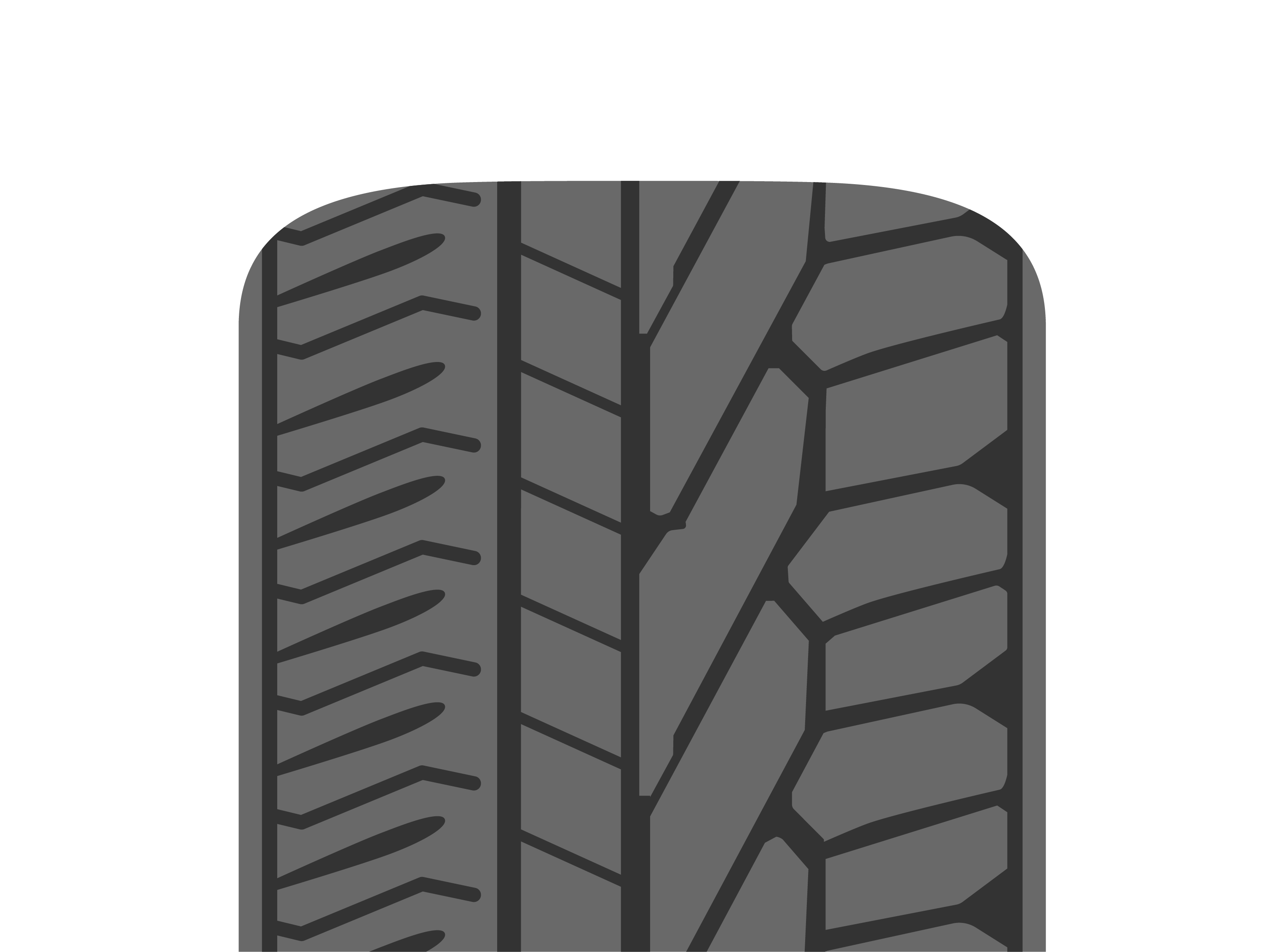 2023/09/20Tyre materialRead more
2023/09/20Tyre materialRead more